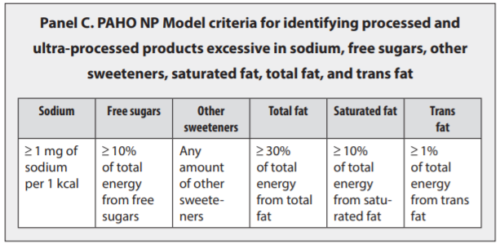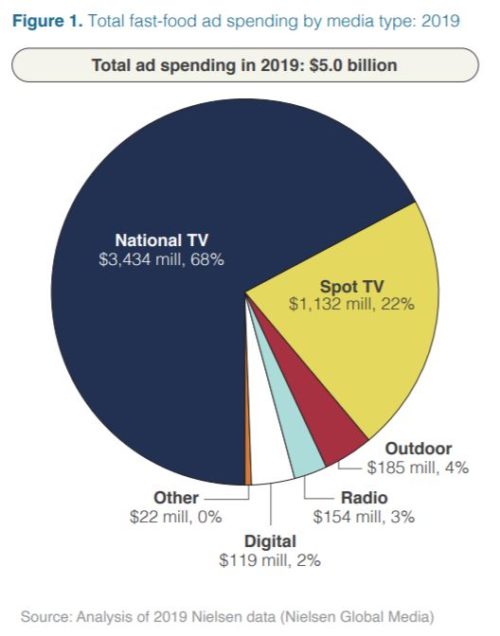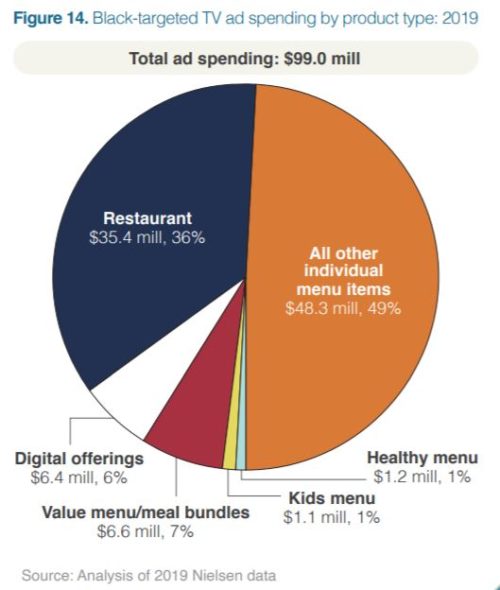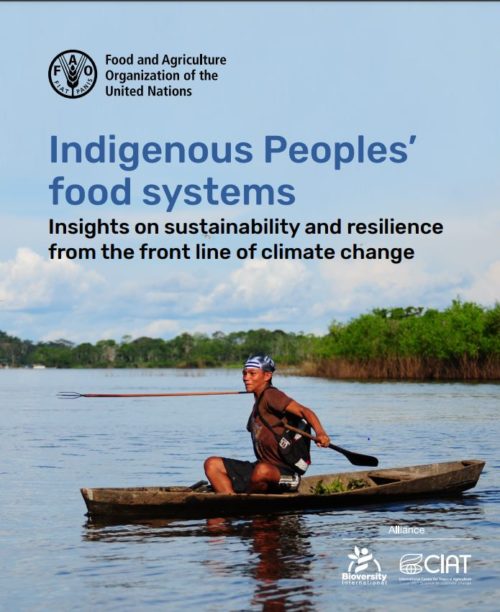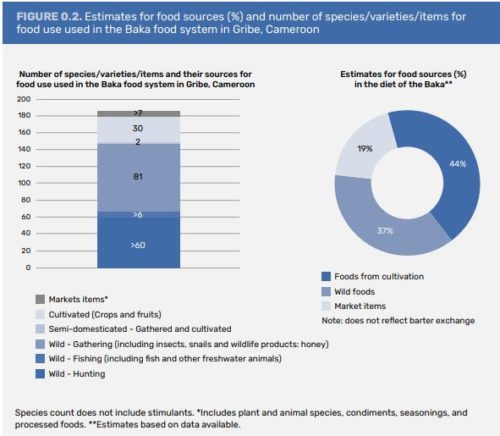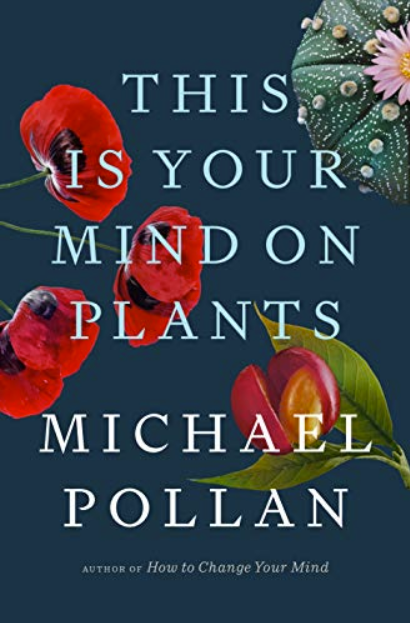Conflicted interests? Drugs vs supplements for obesity
Lots of people take supplements in the hope that they will help with body weight. This is a big market. Drug companies want in on it. Most drugs don’t work, or have deal-breaking side effects. In June, The FDA approved Novo Nordisk’s Semaglutide for obesity management.
I subscribe to the Obesity and Energetics newsletter, which sends out weekly lists of research, articles, and commentary on those topics—a great way to stay up on current literature.
On July 2, it featured:
This referred to: Perspective: Dietary supplements and alternative therapies for obesity: A Perspective from The Obesity Society’s Clinical Committee. Srividya Kidambi, John A. Batsis, William T. Donahoo, Ania M. Jastreboff, Scott Kahan, Katherine H. Saunders, Steven B. Heymsfield. Obesity 23 June 2021.
Our recommendation to clinicians is to consider the lack of evidence for non-FDA-approved dietary supplements and therapies and guide their patients toward tested weight management approaches…we call on regulatory authorities to critically examine the dietary supplement industry, including their role in promoting misleading claims and marketing products that have the potential to harm patients.
I am with the Obesity Society on this one, but what caught my interest was that several of the authors report financial tied to drug companies with interests in pharmacologic approaches to obesity treatment.
Conflicts of interest: SK serves as Medical Editor for TOPS Magazine (TOPS Inc. nonprofit weight loss club) and as Director for the TOPS Center for Metabolic Research at the Medical College of Wisconsin supported by TOPS Inc. JAB’s research reported in this publication was supported in part by the National Institute on Aging of the National Institutes of Health (NIH) under Award Number K23AG051681. JAB reports equity in SynchroHealth LLC. AMJ’s research is supported by the NIH/NIDDK, the American Diabetes Association, Novo Nordisk, and Eli Lilly; she serves as a consultant for Novo Nordisk, Eli Lilly, and Boehringer Ingelheim. SKa has served as a consultant for Novo Nordisk, Vivus, Gelesis, and Pfizer. KHS reports an ownership interest in Intellihealth. SBH reports his position on the Medical Advisory Board of Medifast Corp.
The newsletter also featured the article referred to in the Perspective.
When I clicked on this link, it took me to the page where I could download the pdf. I got the paper at this site. But before I could read it, I had to see an ad for Novo Nordisk’s drug, Semaglutide. Then I scrolled down to get the study: A Systematic Review of Dietary Supplements and Alternative Therapies for Weight Loss. John A. Batsis, John W. Apolzan, Pamela J. Bagley, Heather B. Blunt, Vidita Divan, Sonia Gill, Angela Golden, Shalini Gundumraj, Steven B. Heymsfield, Scott Kahan, Katherine Kopatsis … Obesity (2021) 29, 1102-1113
Study conclusion: “There is weak evidence for the efficacy of dietary supplements and alternative therapies.”
Authors’ disclosure: JAB reports equity in SynchroHealth LLC. AG reports consulting with Novo Nordisk and Unjury. SH reports personal fees from Medifast. SKa reports personal fees from Novo Nordisk, Pfizer, Vivus, and Gelesis. DR reports consulting and speaking fees for Novo Nordisk and Astra Zeneca. KHS has a relationship with Intellihealth Inc. SK is the medical director for TOPS Center for Metabolic Health at the Medical College of Wisconsin, which is supported by TOPS Inc. SBH reports his position on the Medical Advisory Board of Medifast Corp.
I much prefer dietary approaches to weight management and policy strategies to make healthy diets the easy choice.
I am almost never in favor of supplements. The evidence that they do much beyond placebo effects is usually pretty weak.
The ad gives the side effects for Semiglutide; it has to.
My point: all of this seems to be about marketing Semiglutide.

